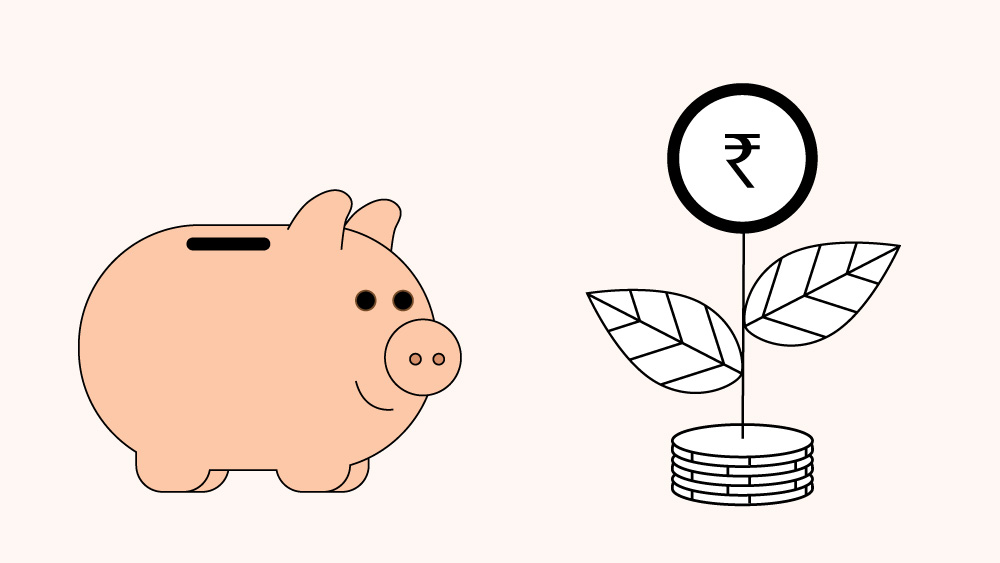
I have deposited Rs 1.5 lakh in my extended PPF account in this financial year. Can I close the account before the end of this financial year? If so, is there any penalty for doing so? - Anonymous
A Public Provident Fund or a PPF account has a 15-year lifespan, after which you can either close the account or extend it by five years with or without contributions. The number of extensions is unrestricted. Therefore, you can extend the maturity of your PPF account to 20 years, 25 years, 30 years, and so forth.
However, if you keep your PPF account open without making any deposits for more than a year after maturity, then you won't be able to make any additional deposits in the subsequent years.
Extending PPF without any contributions
If you wish to extend your PPF account without making any deposits, then do note that for this plan, you are only permitted to withdraw once per fiscal year. For example, let's say your PPF account contains Rs 20 lakh and has been open for 15 years. You didn't make any deposits post that and after two years, it grows to Rs 24.56 lakh (earning 7.10 per cent interest over two years). You are allowed to withdraw the entire sum or sections of it once in a fiscal year.
You, therefore, have total flexibility with liquidity and tax benefits. However, if you do not let the bank or post office know about your preferences after 15 years, this will be the default option that applies to your PPF account. If you wish to close your account, you can withdraw the entire corpus and close the account. You need not wait for the year to end, and there are no penalties as such.
Extending PPF by making contributions
You can also keep your PPF account open by making deposits each year. You can invest as little as Rs 500. In order for this option to be recognised as a PPF extension without contribution, you must notify the bank (or Post Office) of your decision in advance. Otherwise, any deposits you make into the account during this five-year term will not be eligible for interest.
In this plan, you can only withdraw up to 60 per cent from the extended PPF account, either all at once or gradually over a five-year period. For example, if you extend your PPF account with contributions for five more years and it has Rs 20 lakh at the end of 15 years, you can withdraw a maximum of Rs 12 lakh (i.e., 60 per cent of Rs 20 lakh).
In this option, you must wait till you complete the five-year term to close your account, since the remaining 40 per cent of your corpus is still remaining in the account. At the end of the term, you can either close the account or continue it.
What should you do?
In general, it's better to extend your PPF account if you do not have a pressing need for money, as it's a good avenue for your fixed-income allocation. If you get cash during the five-year period, you can invest it in PPF, which is a tax-free EEE (Exempt Exempt Exempt) status instrument. Additionally, if you don't close it, you continue to receive interest at that full rate, get the liquidity benefit and have the freedom to shut the account whenever you want, free of charge and with no repercussions.
For those who are still young when their PPF account reaches 15 years, we also strongly advise to extend the account. The old account is immediately extended, and you continue to earn 7.10 per cent interest which is tax-free, while the balance in the old account stays untouched. Investments that are this profitable are hardly found.
This extended period is wonderful because it shortens the lock-in period and increases liquidity without affecting the corpus's ability to grow tax-free. Keep the account active by investing in it (until you absolutely want to withdraw) because you'll get a hefty 7.10 per cent tax-free interest. If you close your account, you'll lose all the benefits and you cannot reinvest or get back on the plan later on. Therefore, withdraw the money when it's really important. If not, leave it invested.
Suggested read: How to withdraw partially from PPF?








